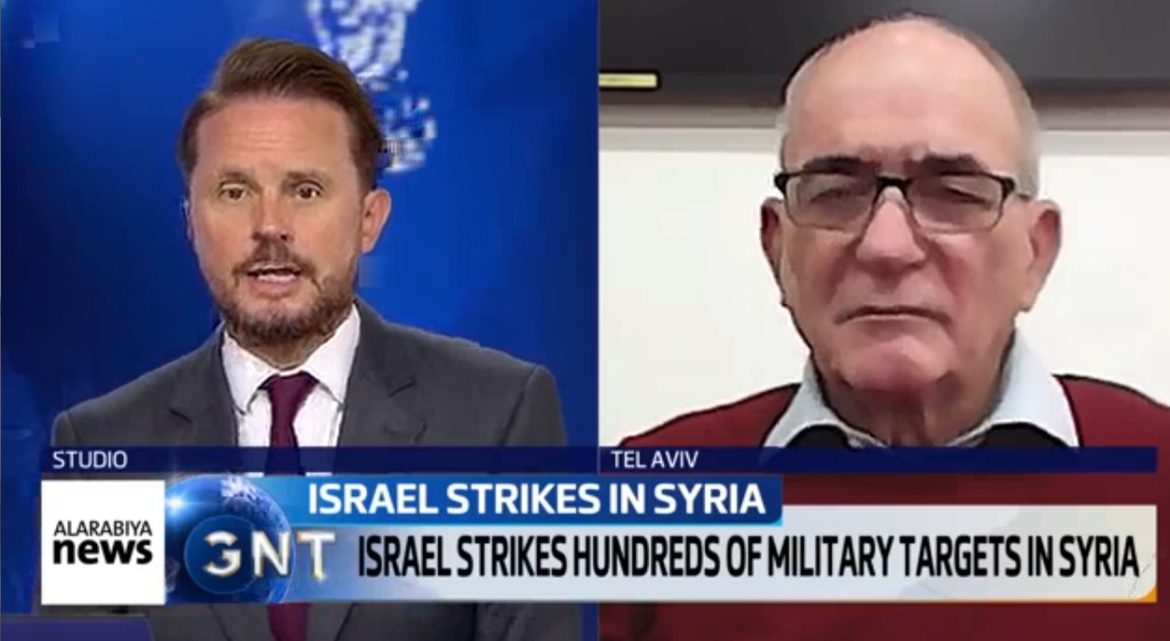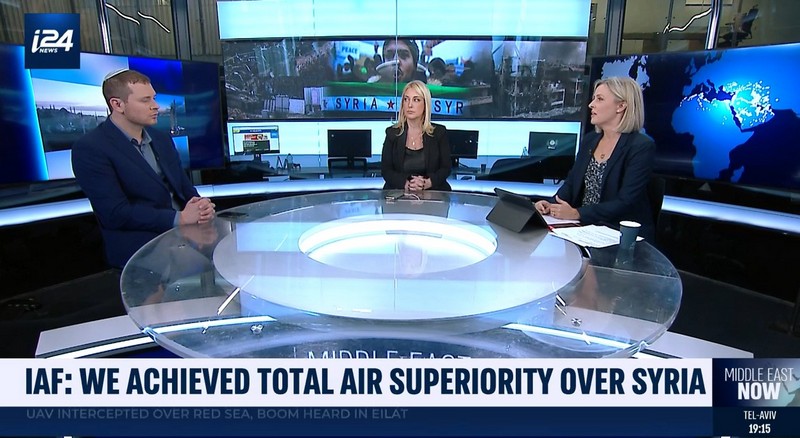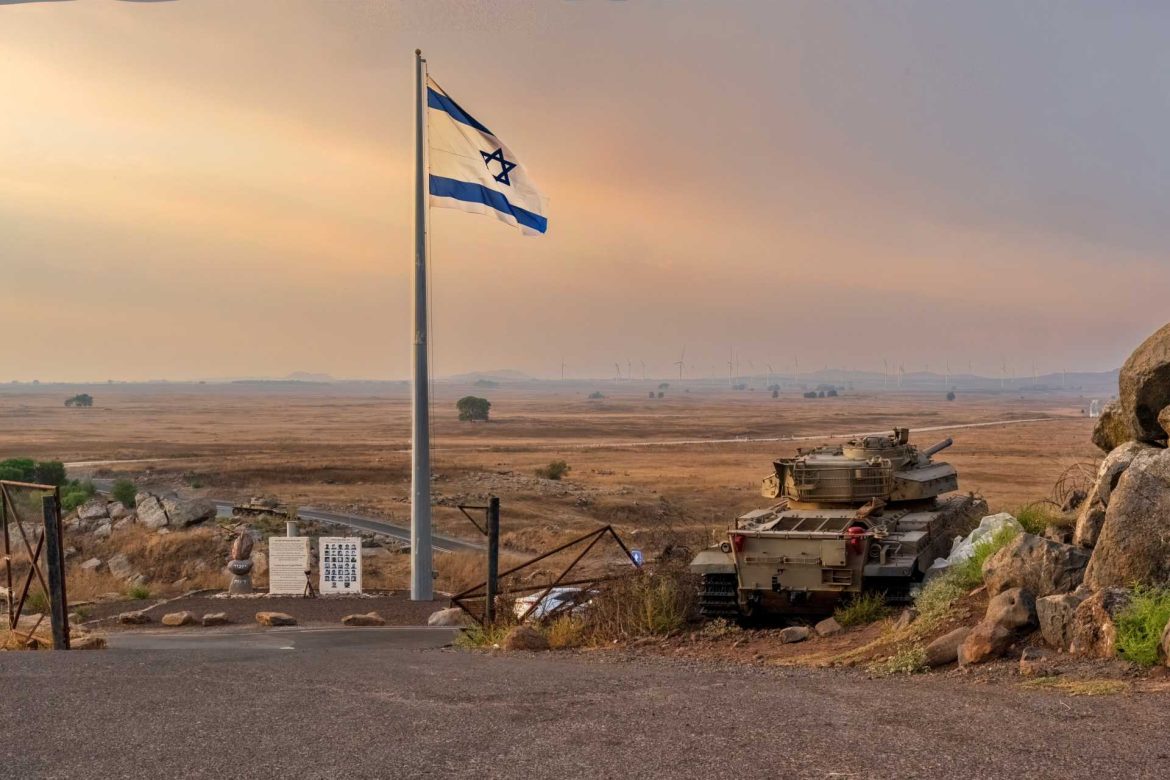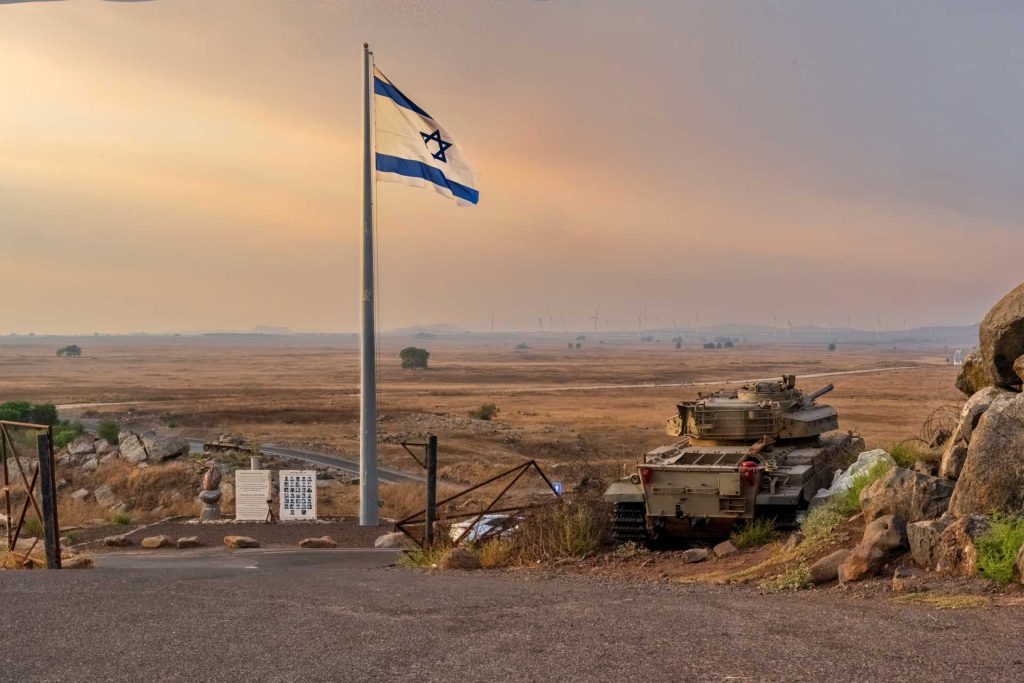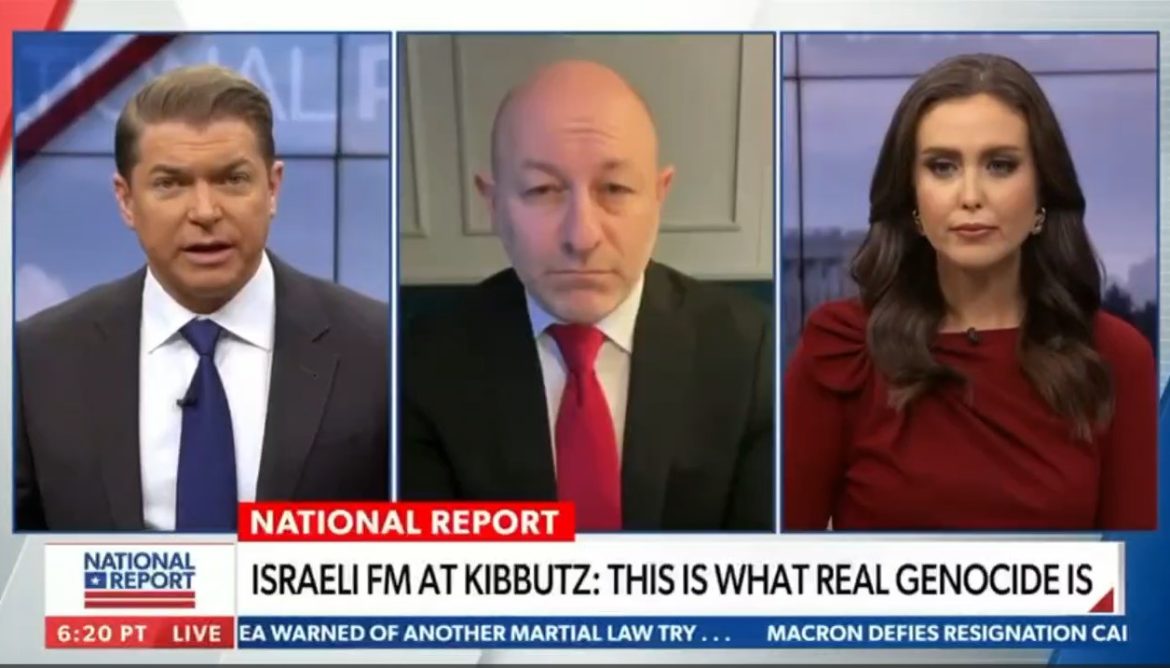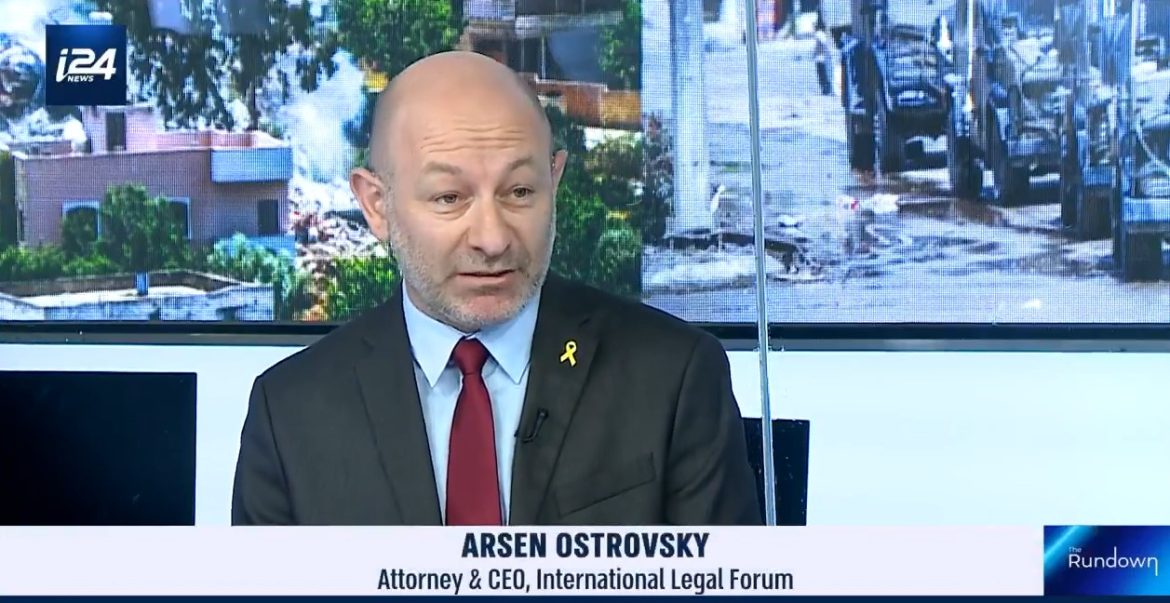Brig. Gen. (res.) Yossi Kuperwasser: The actions against Hamas and Hezbollah were steps toward dismantling Iran’s influence. The fall of Assad weakens Iran’s ability to project power into Lebanon and support Hezbollah, which now faces significant challenges in regrouping. This development also disrupts Iran’s ability to sustain ties with Hamas.
The situation has left Iran in a state of shock. Their aspirations of Middle Eastern hegemony and pressuring Israel into encirclement have crumbled. External factors, like Russia’s focus on Ukraine and shifts in U.S. policy under Trump, also contributed to this turning point. Furthermore, Turkey’s cooperation deserves acknowledgment.
The interview took place on Al Arabia on December 12, 2024.




